Birds
Birds of Hong Kong
Composition of the Birds in Hong Kong
Key Species of Conservation Concern
Key Sites for Bird Watching in Hong Kong
Tips and Codes for Watching Birds
Although small in area, Hong Kong has more than 580 bird species, representing over one third of total species recorded in the whole of China. This diversity is mainly attributable to our geographical location. Situated on the southern coast of China, Hong Kong is blessed with a sub-tropical monsoon climate, which nurtures a host of natural habitats like wetlands, woodlands, shrublands and coastal areas. Hong Kong is also a stopover point along the East-Asian Australasian Flyway, and many migrating birds pass through here on their way south or north – or they spend the winters here. Hong Kong is an ideal location for bird watching, as – in this one small territory – you can observe the varying forms and habits of birds in different sites at various times of the year.
 |
| Black-faced Spoonbill |
Composition of the Birds in Hong Kong
Click here to download the Checklist of Birds of Hong Kong.
The number of bird species found in Hong Kong is quite staggering. To make the study of avian habits easier, birds are classified by specific criteria. For example, we group species into forest birds (birds active mainly in forests), wetland birds (birds seen mainly in wetlands) and others according to their main habitats. Another method is to classify birds by their migratory habits, i.e. resident species, migrating species, passage migrants and occasional visitors. Birds in Hong Kong are broadly classified as follows.
1. Resident Species
Resident species are birds that normally live and breed in Hong Kong in their entire lives. About one-fifth of birds recorded in Hong Kong are residents. Eurasian Tree Sparrow, Oriental Magpie-Robin, Fork-tailed Sunbird, Black-crowned Night Heron and Red-whiskered Bulbul are popular to Hong Kong citizens as they can be commonly seen in urban areas. In rural areas, White-throated Kingfisher and Little Egret can be seen regularly in wetlands. The Japanese Tit and Swinhoe's White-eye are common in Hong Kong woodlands in all seasons.
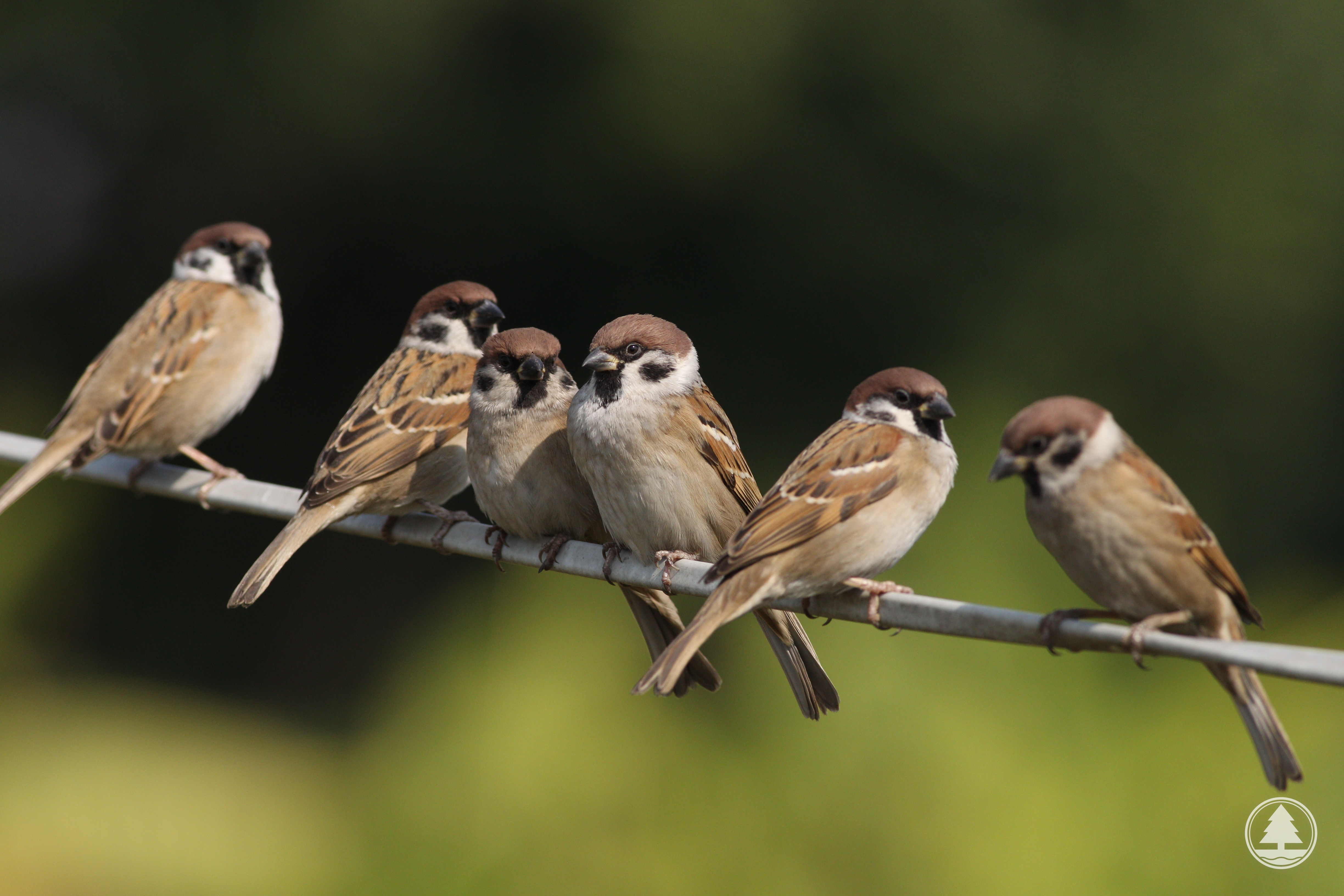 |
| Eurasian Tree Sparrow |
 |
| Oriental Magpie-Robin |
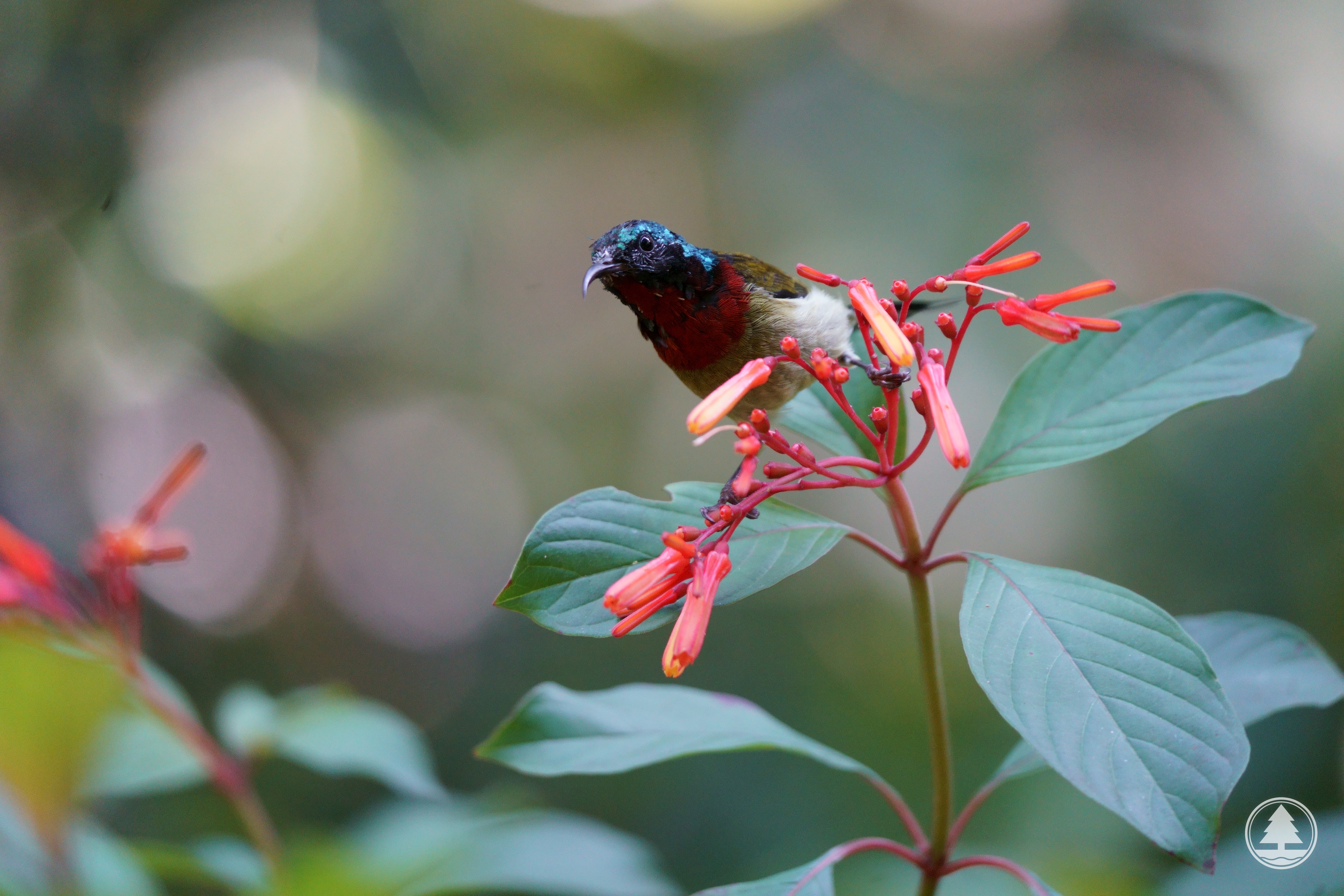 |
| Fork-tailed Sunbird |
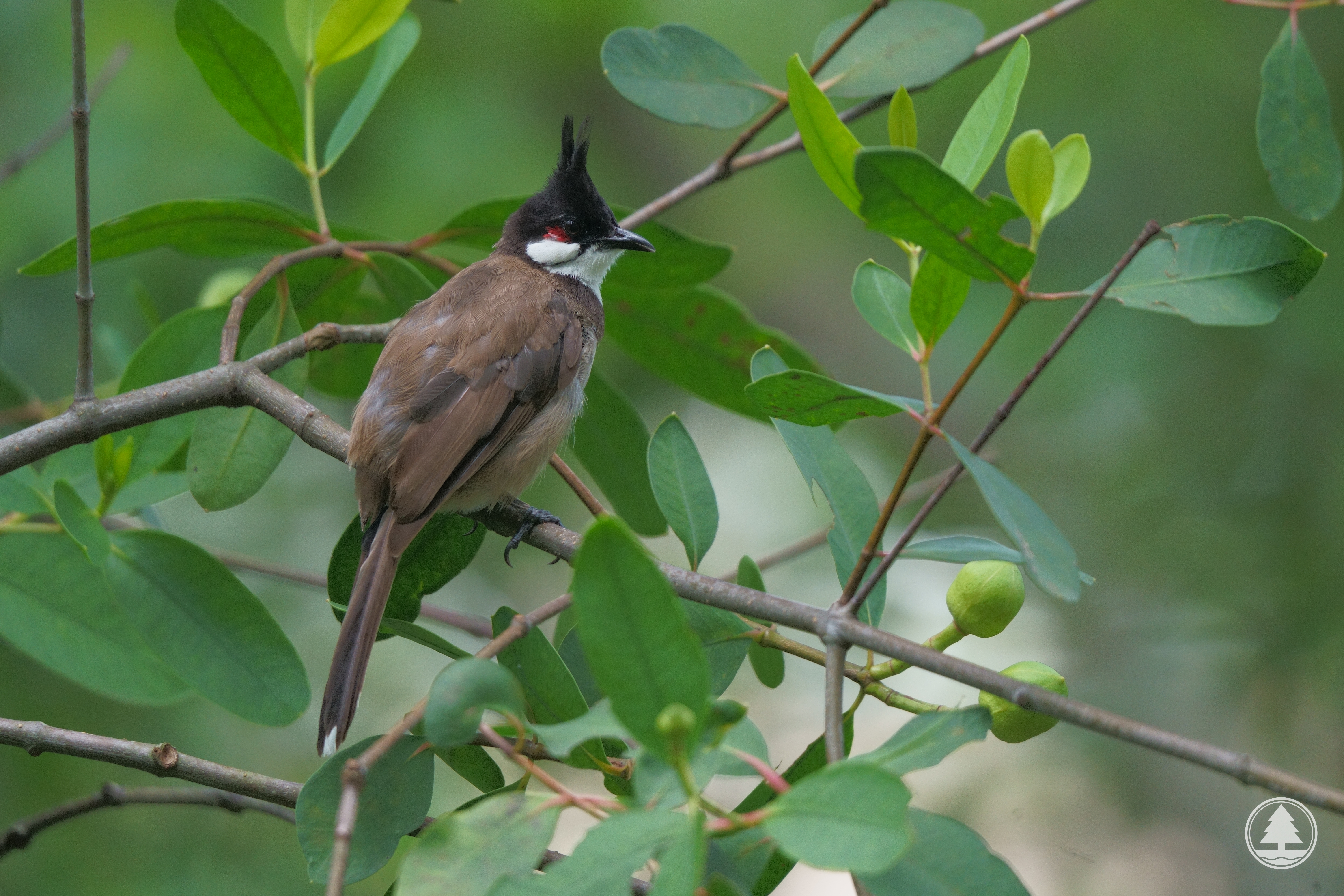 |
| Red-whiskered Bulbul |
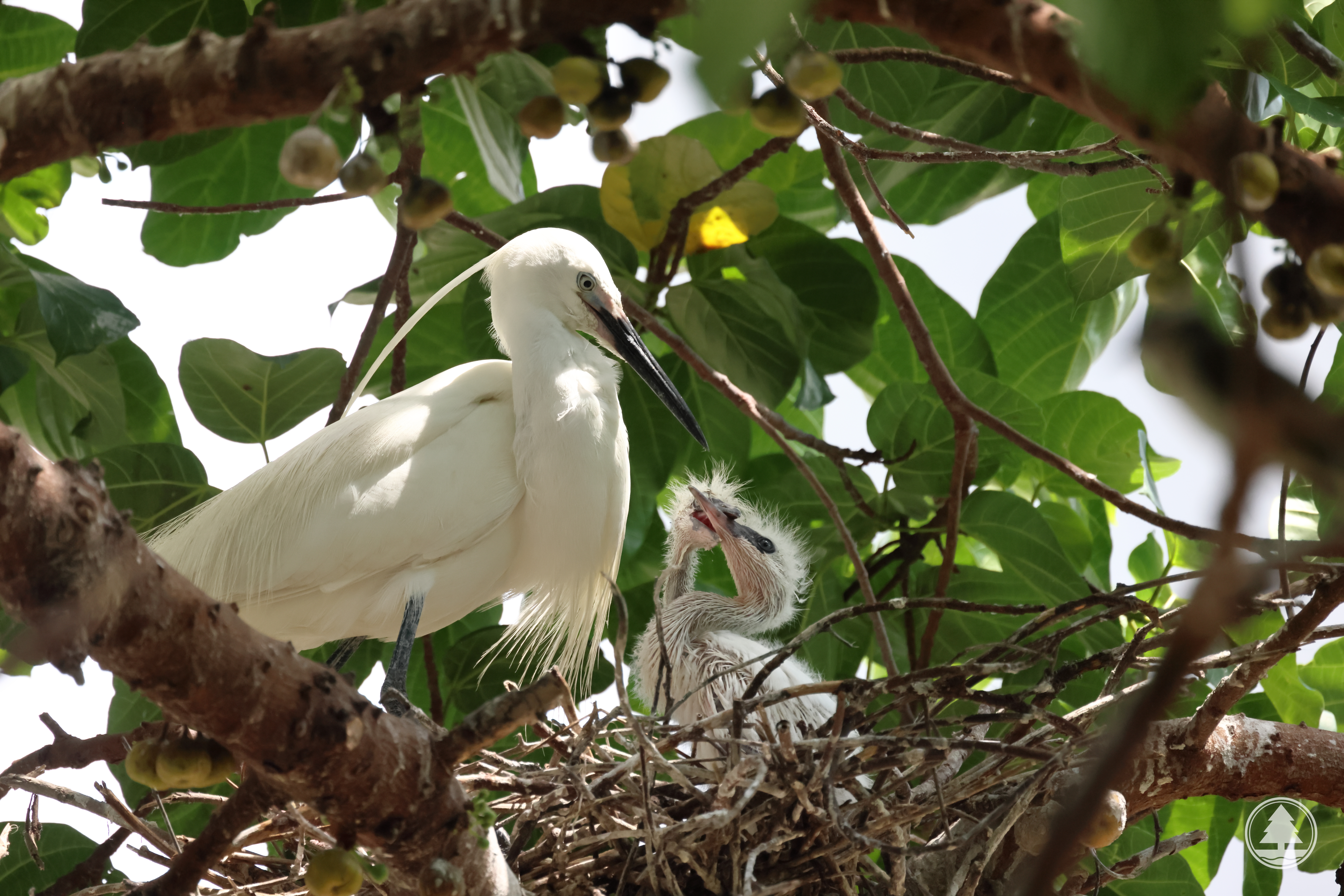 |
| Little Egret is a resident, nesting and breeding in Hong Kong |
2. Migrating Birds and Passage Migrants
The seasonal migration of birds is a behaviour prompted by environmental and climatic changes. As a general rule, birds living in frigid and temperate zones face the problem of unstable food supply due to the significant seasonal climatic changes in these regions. Before the onset of winter (when food is in short supply), they fly south to spend the season in the sub-tropics or tropics. In the following spring when the weather gets warmer, they return to the north to breed. By migrating, they are assured of adequate food and warm sunshine all year round. The migrating route of birds differs with species. Usually birds of the same species form migrating groups by instinct. Waterfowls have the longest flying route.
For migrating birds that fly several thousand kilometres annually, stopover sites where they can feed enroute are vital. These stopover sites, generally situated between their breeding and wintering sites along the flyway, offer essential feeding grounds – where they can stop for a short period to build up body reserve of fat and energy. The Mai Po Inner Deep Bay Ramsar Site is one such stopover site for migrating waders.
 |
| Amur Falcon |
 |
| Daurian Restart |
2.2 Summer Visitors
Summer visitors only account for a small portion of the Hong Kong birds. These species usually breed in Hong Kong and then fly south in winter. In the eastern waters of Hong Kong, the Bridled Tern, Roseate Tern and Black-naped Tern can be found breeding on some remote islands, while in woodland areas, Hainan Blue Flycatcher and Chestnut-winged Cuckoo are often heard and seen in summer. A limited number of waterfowls migrate to Hong Kong to breed in summer. One example is the Yellow Bittern, which breeds here between May and August.
 |
| Bridled Tern |
2.3 Passage Migrants
Located midway in the East-Asian Australasian Flyway, each year Hong Kong is frequented by many passage migrants. Passing through Hong Kong in spring and autumn, these birds only stay for a short while before embarking on their long journey to the south/ north. These migratory species include raptors, waders and passerines such as Chinese Sparrowhawk, Spoon-billed Sandpiper and Brown Shrike.
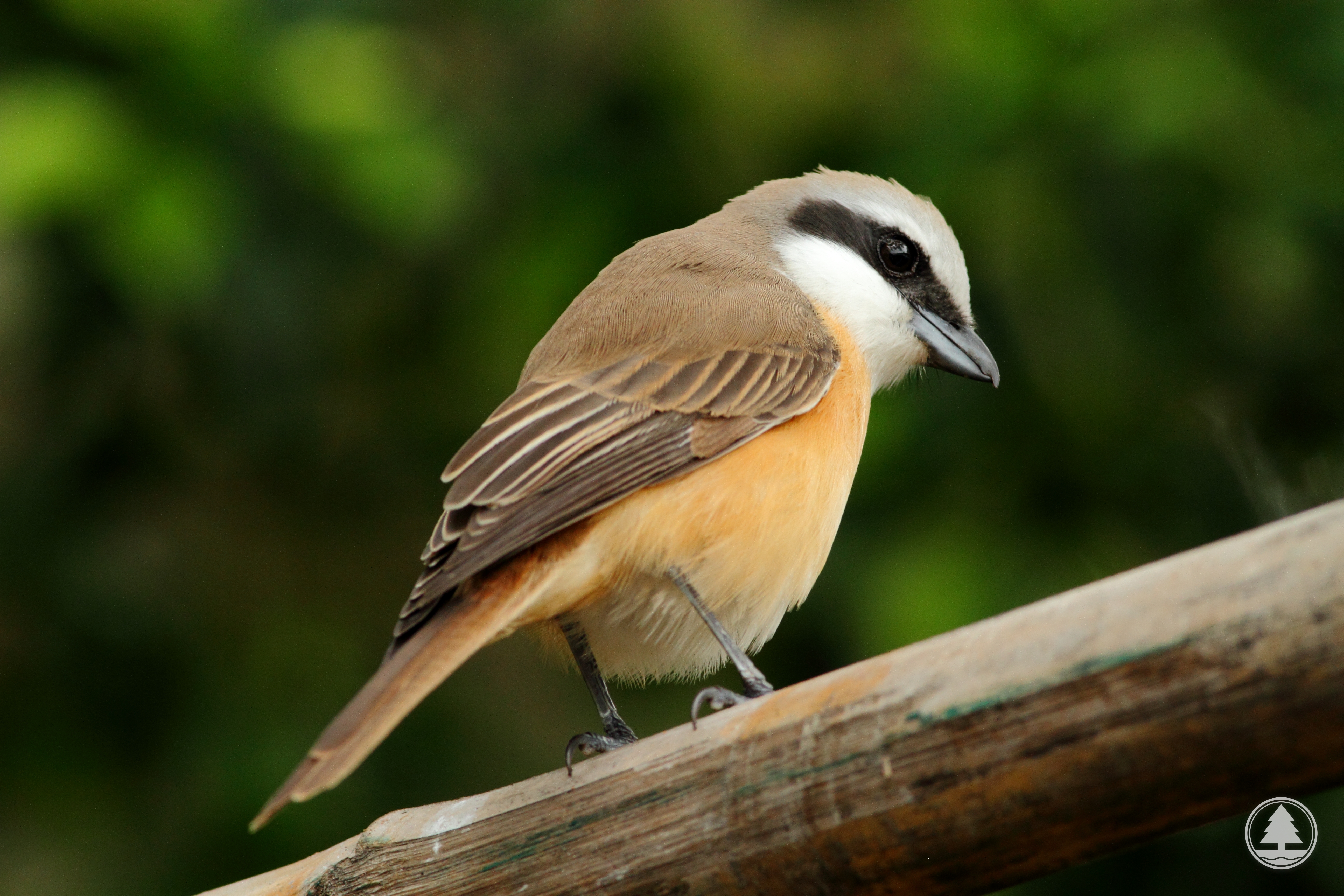 |
| Brown Shrike |
3. Occasional Visitors
Some birds, with their natural range marginally touching Hong Kong, occur in Hong Kong occasionally. Examples are Short-eared Owl, Common Shelduck and Slaty-backed Forktail. It takes some luck to spot one of these occasional visitors.
Besides, some birds get lost and stray far from their original flight path or destination during migration due to various reasons (such as poor weather condition), and they are called the vagrants. Examples include the two Siberian Crane appeared in Luk Keng and Mai Po Nature Reserve in 2016, Glossy Ibis found in Long Valley in 2019, and Lapland Longspur found in Long Valley in 2021. This sparked great interest among bird watchers as these vagrants are rare to encounter.
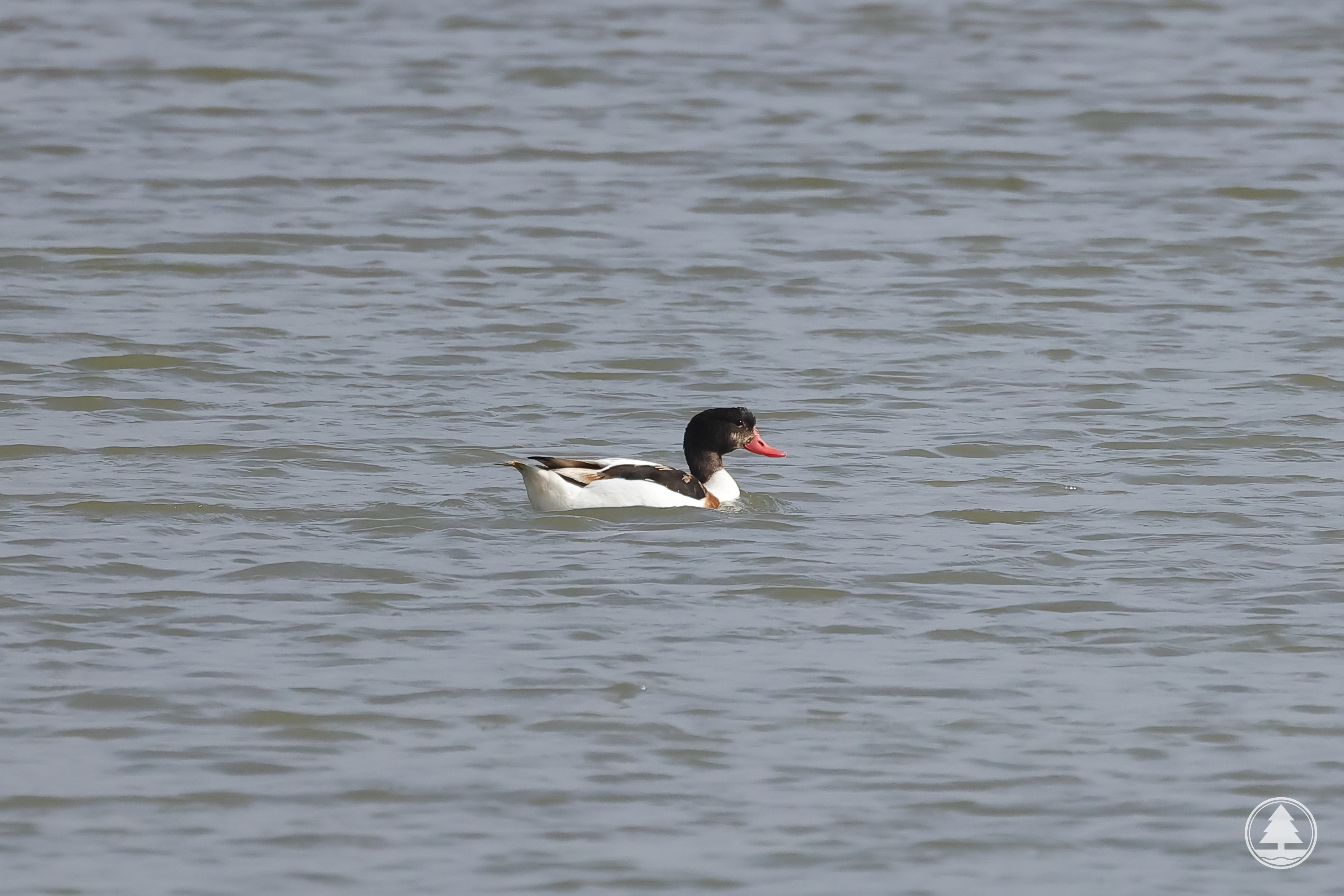 |
| Common Shelduck |
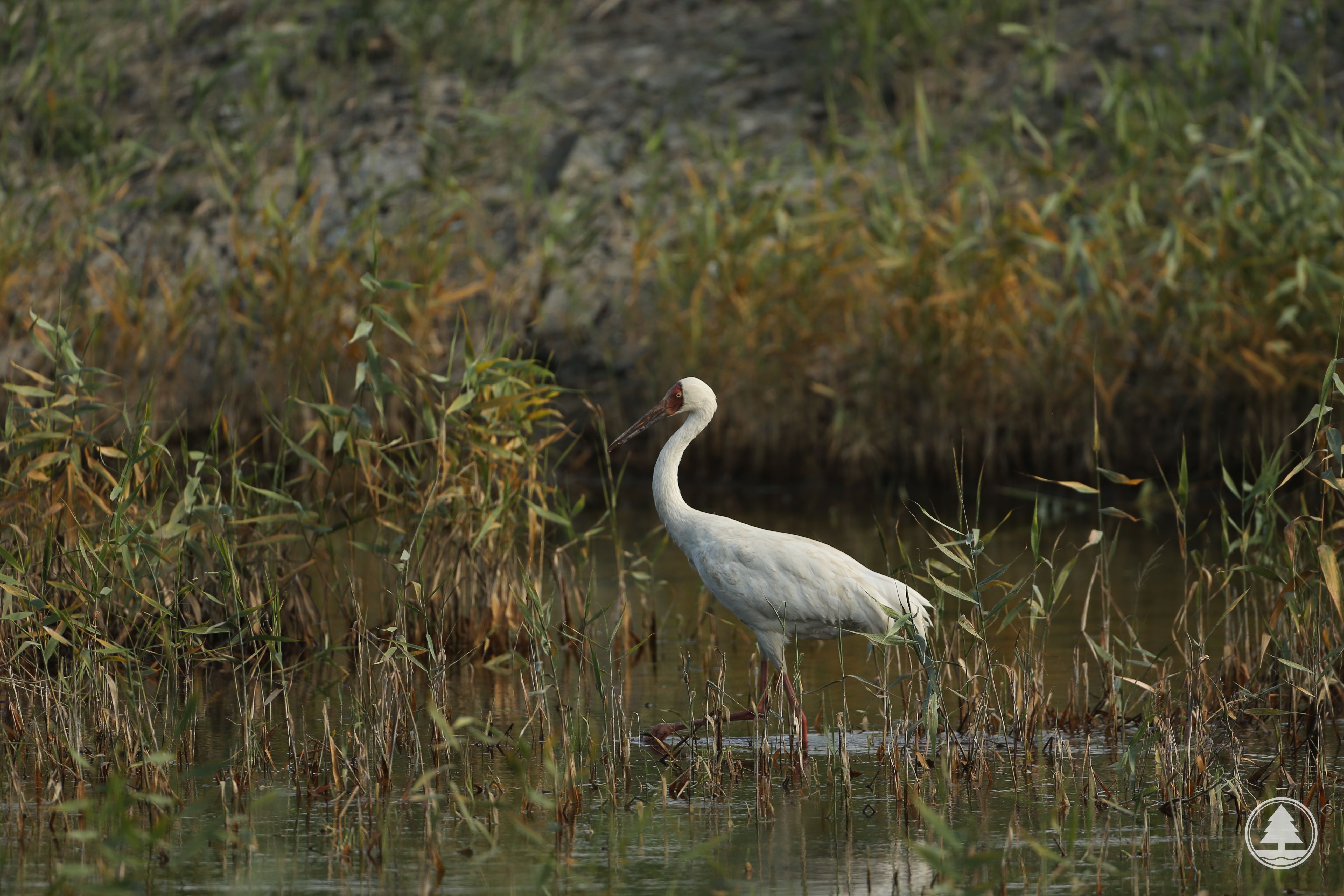 |
| Siberian Crane |
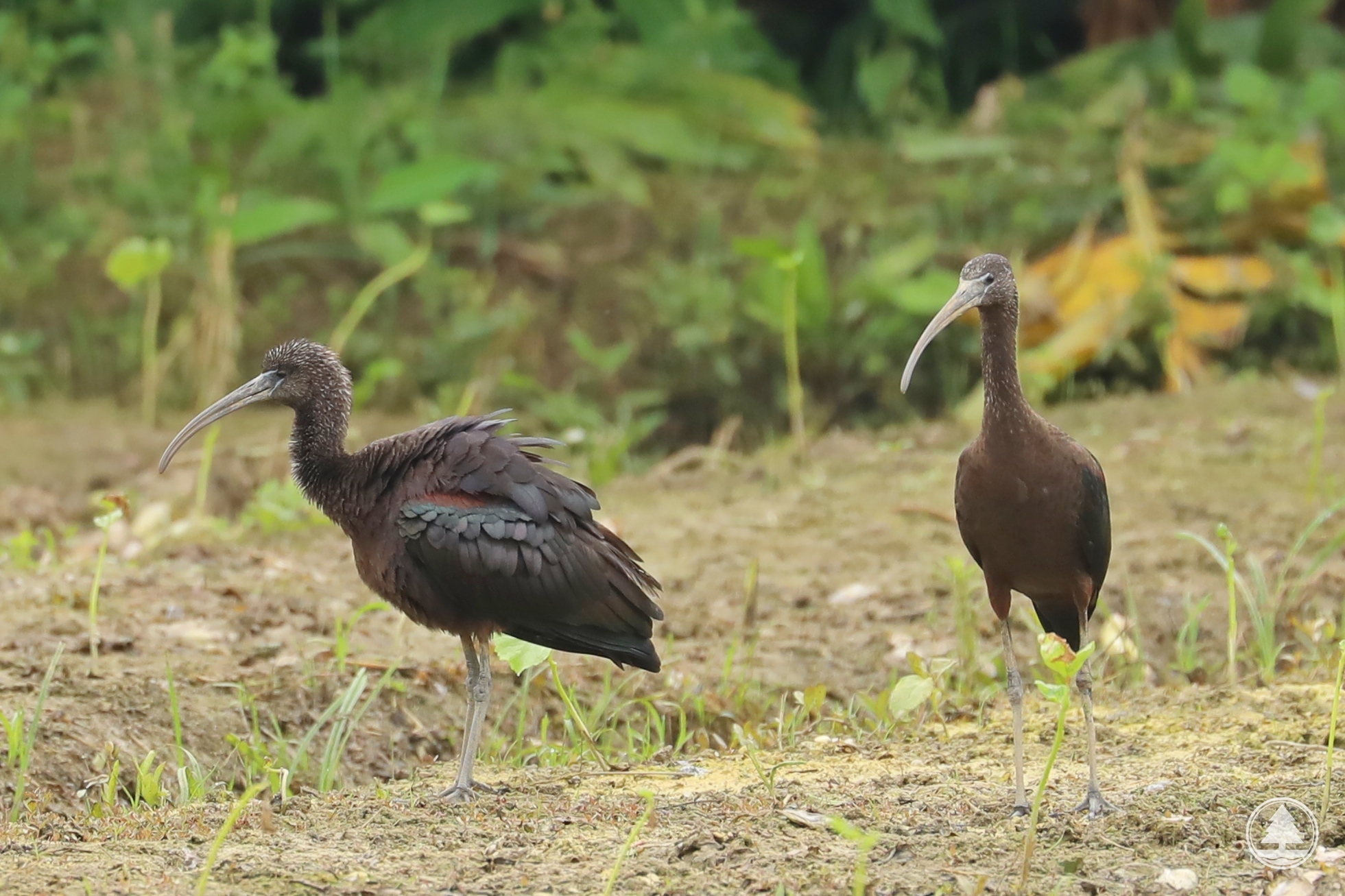 |
| Glossy Ibis |
 |
| Lapland Longspur |
Key Species of Conservation Concern
Among the birds recorded in Hong Kong, almost 40 species are listed both in the Red List of Threatened Species of International Union for Conservation of Nature (IUCN) and the Red List of China's Vertebrates (Near Threatened or above). Among these species, some of them are seen in Mai Po and Deep Bay. Species such as Greater Spotted Eagle, Eastern Imperial Eagle, Saunders's Gull, Asian Dowitcher, Far Eastern Curlew, and Black-faced Spoonbill, stop over or winter in Hong Kong every year. Another two species listed as lower risk, i.e. Japanese Paradise Flycatcher and Chinese Grassbird, are uncommon passage migrant and resident respectively.
Some species, such as Crested Goshawk, Bonelli's Eagle and Crested Serpent Eagle, have stable populations in Hong Kong. However, they are listed in the Red List of China's Vertebrates as near threatened or vulnerable because of continuing exploitation or habitat loss in the Chinese Mainland.
Though not globally threatened, some freshwater wetland specialists, such as Greater Painted-snipe, Grey-headed Lapwing and Northern Lapwing, are regarded as locally concerned species due to their restricted distribution in Hong Kong.
Conservation Measures
All wild birds are protected in Hong Kong by the Wild Animals Protection Ordinance (Cap. 170). Any person who willfully disturbs, takes, removes or injures wild birds, or their nests and eggs, is committing an offence – and is liable to a maximum fine of $100,000 and imprisonment of 1 year.
The import, export or possession of endangered species is strictly regulated by the Protection of Endangered Species of Animals and Plants Ordinance (Cap. 586), which gives effect to the Convention on International Trade in Endangered Species of Wild Fauna and Flora (CITES).
On 4 September 1995, the Mai Po and Inner Deep Bay area was listed as a Wetland of International Importance under the Ramsar Convention to conserve the large number of birds wintering at the site every year. The Agriculture, Fisheries and Conservation Department (AFCD) is implementing a management plan for the conservation of the site. This includes the Ramsar Site ecological monitoring programme, which collects baseline information on ecological characters of the Ramsar Site annually for conservation and management purposes.
To enhance our understanding of the local avifauna, AFCD has been working with local specialist groups to carry out various studies on birds. In addition, we have also carried out studies on birds of conservation concern, such as White-bellied Sea Eagle, egrets, herons and terns. Results of these studies will enhance our knowledge about these species and facilitate the implementation of conservation measures. For example, suitable nest-boxes are provided for species breeding in Hong Kong, such as forests birds and terns.
Key Sites for Bird Watching in Hong Kong
Hong Kong's very varied physical environments and habitats support great avifauna diversity. Below are some major bird watching hotspots:
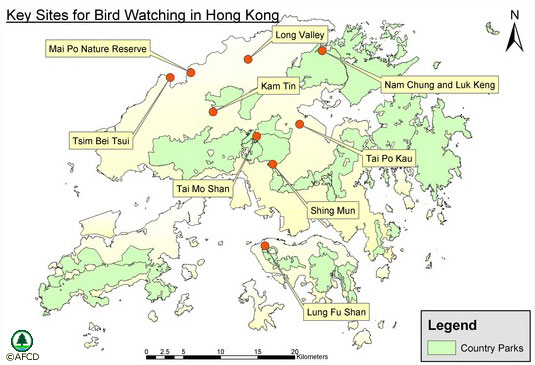 |
| Wetland | |
| Site | Bird Species |
| Mai Po | This site supports some 50,000 - 60,000 waterfowls every winter. Over 300 bird species, including globally endangered species like the Black-faced Spoonbill and Nordmann's Greenshank, are regularly recorded here. |
| Tsim Bei Tsui | A major roosting and feeding ground for wintering waders and ducks in the Deep Bay area. Species regularly seen include Northern Pintail, Northern Shoveler, Eurasian Wigeon, Black-headed Gull, Grey Plover and Eurasian Curlew, etc. |
| Nam Chung and Luk Keng |
The tidal mudflats in Starling Inlet are an important feeding site for egrets and herons of the egretry on A Chau. |
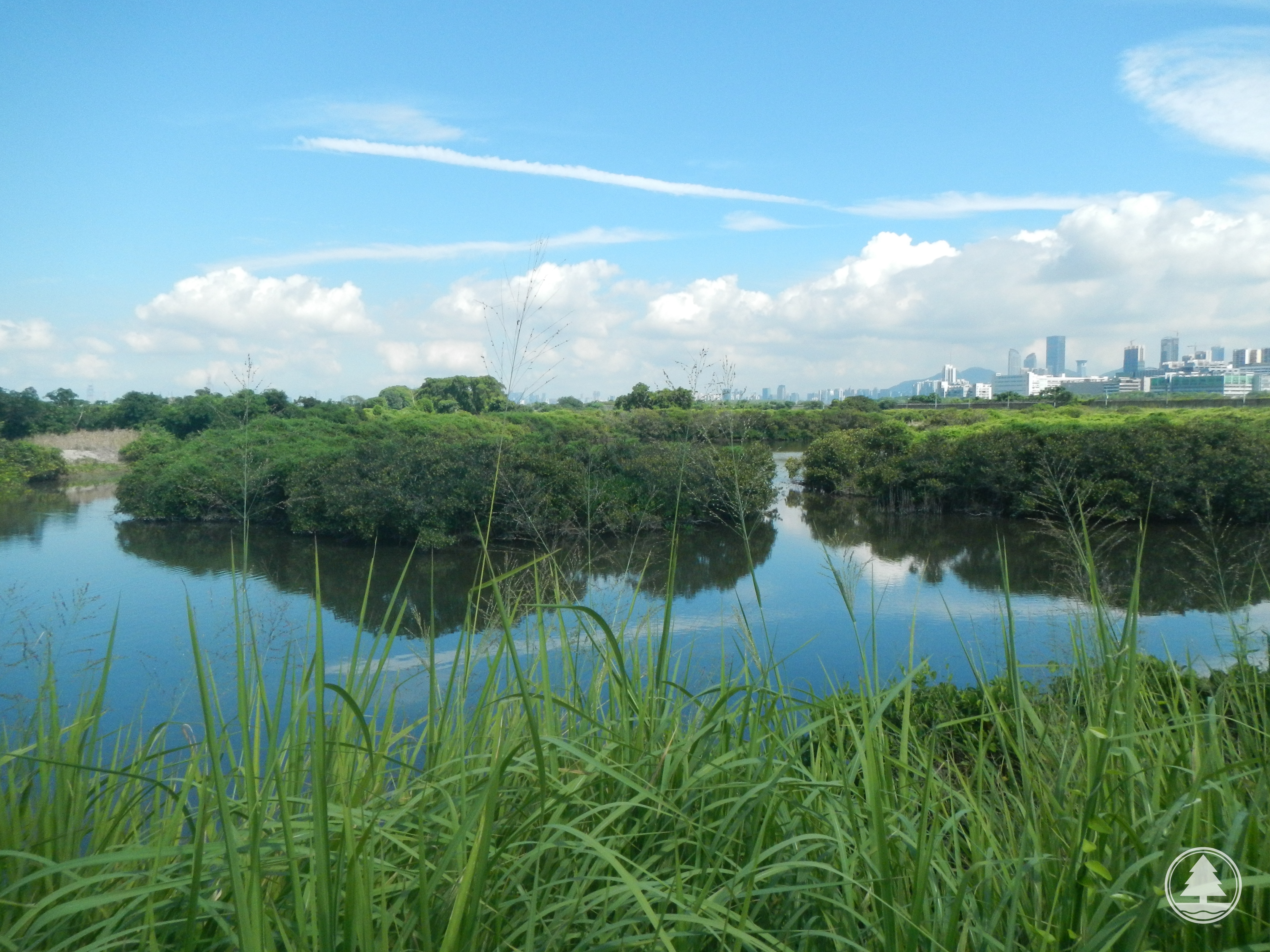 |
| Mai Po |
 |
| Luk Keng |
| Woodland | |
| Site | Bird Species |
| Tai Po Kau | The mature secondary woodlands support a large number of forest birds which are less likely to be seen in other areas of Hong Kong. Well-established forest residents include Great Barbet, Chestnut Bulbul, Yellow-cheeked Tit and Velvet-fronted Nuthatch. Uncommon migrants, such as Grey-headed Canary-flycatcher, Hainan Blue Flycatcher, Black Bulbul and Tristram's Bunting are regularly seen in this area. |
| Tai Mo Shan | Shrublands at high altitudes support a few rare upland species e.g. Upland Pipit, Brown-flanked Bush Warbler and Chinese Grassbird. It is also a good place to observe migratory species e.g. Grey-faced Buzzard, Brown Shrike, Blue Rock Thrush and Asian Brown Flycatcher. |
| Shing Mun | Large areas of mature woodlands and plantations support a great variety of bird species. Common residents include Crested Goshawk, Rufous-capped Babbler and Grey-throated Minivet. In winter, different kinds of thrushes and warblers can also be found. |
| Lung Fu Shan | Lung Fu Shan Country Park in the northwestern part of Hong Kong Island has dense woodlands that are suitable for winter visitors like Grey-backed Thrush, Japanese Thrush, Asian Stubtail Warbler and Yellow-browed Warbler. The old fort and lookout in the park is also an ideal place to observe raptors. |
 |
| Asian Brown Flycatcher |
 |
| Tai Po Kau |
| Agricultural land | |
| Site | Bird Species |
| Long Valley | The wet agricultural land and freshwater ponds provide a freshwater wetland and open area for specialized birds e.g. Greater Painted-snipe, Von Schrenck's Bittern, Common Kestrel, Dusky Thrush and Pallas's Grasshopper Warbler. |
| Kam Tin | This site mainly attracts species preferring freshwater wetlands and open areas, such as Grey-headed Lapwing, Oriental Pratincole, Red-rumped Swallow and Eastern Yellow Wagtail. |
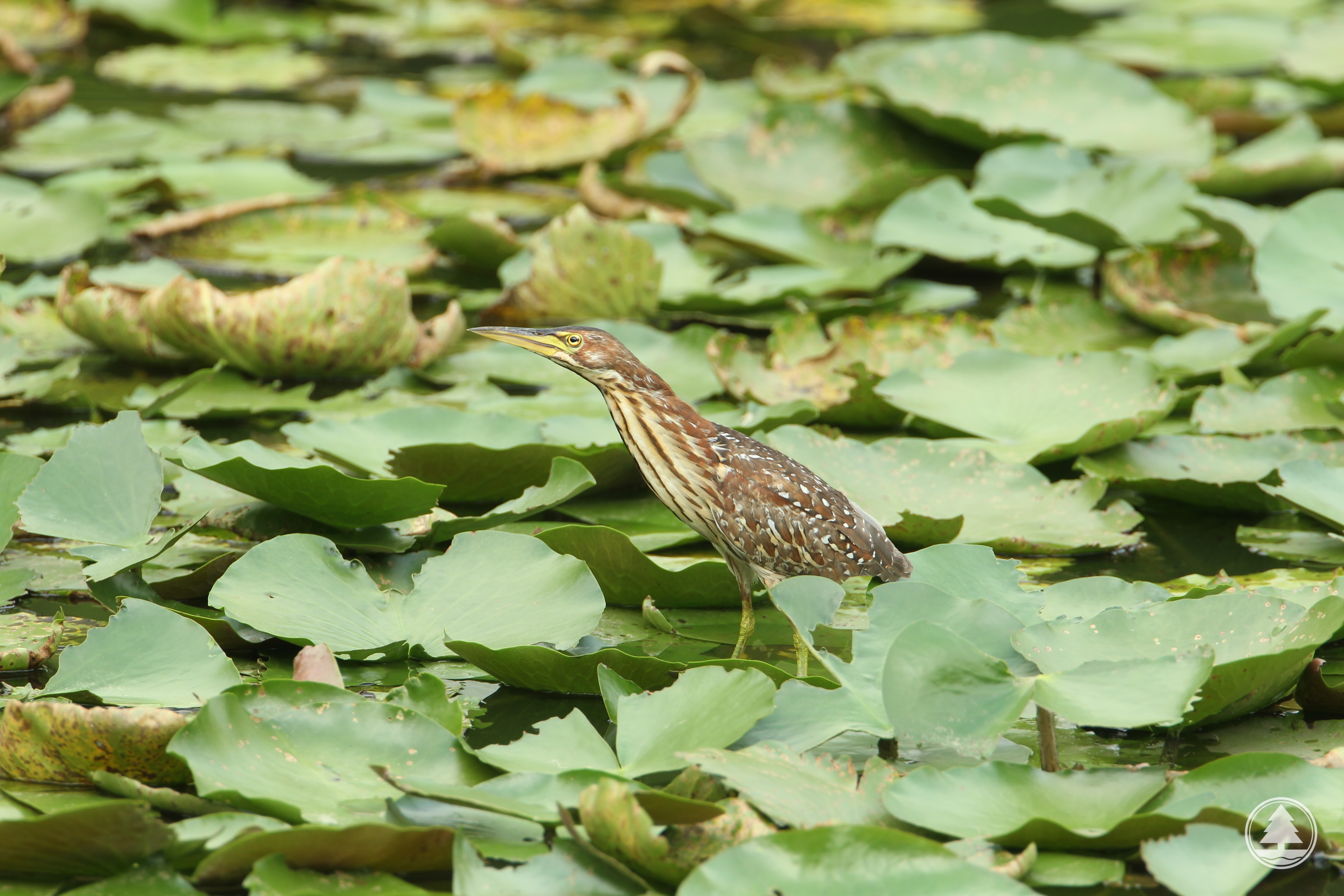 |
| Von Schrenck's Bittern |
| Back to Top |
Tips and Codes of Watching Birds
-
Wear subdued-coloured clothes. Avoid colourful garments such as red, yellow or orange.
-
Walk lightly in the countryside. When you find the birds or their nests, appreciate them from a distance and keep quiet to minimize any disturbance to them.
-
Never disturb the natural habitats or the nests of the birds. To avoid startling birds, keep a distance from nests.
-
Do not capture birds or pick up eggs. These are offences that may result in prosecution.
-
Minimize disturbance to other people (e.g. landowners, farmers, hikers) using the same area.
-
Never spotlight nocturnal birds.
-
There is no need to track birds hastily. Relax and enjoy the countryside with an easy mind. This is the best way to observe birds and their behaviour. Even spotting a few common species will make your day.
-
Beginners can start bird watching in urban areas. Get to know the birds that appear in your neighbourhood. Next, visit wetlands to see waterfowls. When you have mastered the basic skills, identifying forest birds will not be difficult.
References
The IUCN Red List of Threatened Species.
Carey, G.J., Chalmers, M.L., Diskin, D.A., Kennerley, P.R., Leader, P.J., Leven, M.R., Lewthwaite, R.W., Melville, D.S., Turnbull, M., and Young, L. (2001): The Avifauna of Hong Kong . Hong Kong: Hong Kong Bird Watching Society.
Lock N.Y. (2003) Appreciating Wild Birds. Friends of the Country Parks.
Lock N.Y., Cheung K.S. (2004) Venturing Wetlands. Friends of the Country Parks.
Philips, K., Lam, C.Y., and Viney, C. (2006). Birds of Hong Kong and South China. Hong Kong: Government Printer.
林 超 英 (2004) 。 飛 羽 神 思 。 香 港 : 郊 野 公 園 之 友 會 。(Chinese reference)
Jiang, Z. G., J. Jianping, W. Yuezhao et al. (2016). Red list of China's Vertebrates. Biodiversity Science.